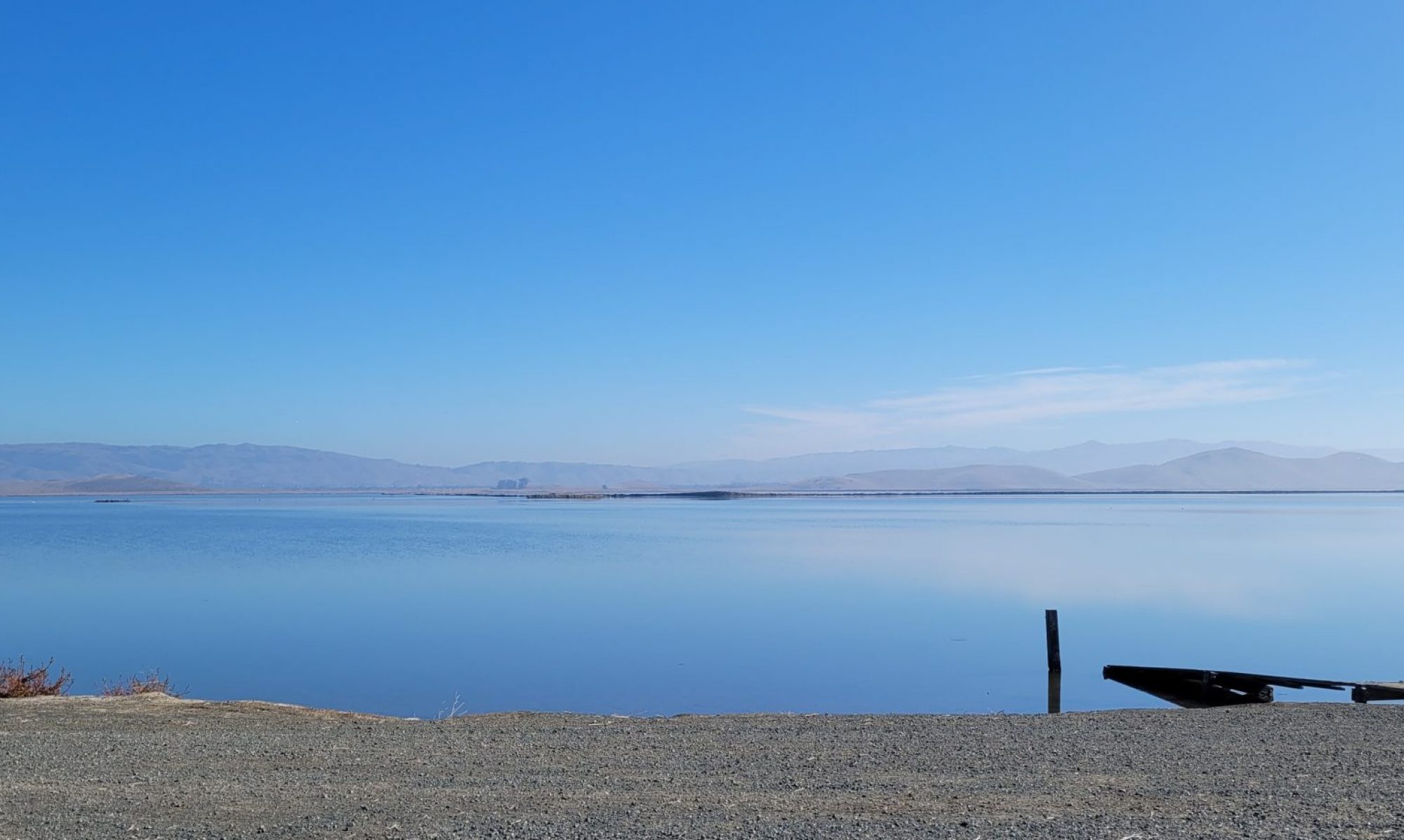
I recently came across a headline that gave me the frowns. It was a week or so ago, but in the midst of my “why don’t people get their history correct” rant, Part One. So consider this Part Two. The caption was:
Why so much Obama-era pop culture feels so cringe now: How Hamilton, Parks and Recreation, and Harry Potter lost cultural cachet.
Constance Grady, Vox.com
Much of this is a calculated irritant. The headline was recommended by a browser algorithm that is the technological equivalent of supermarket tabloid stands. It’s designed to be a wet fish slap. Obama somehow seems to share in the blame. At least in the supermarket, you can also contemplate the Snickers bars. On the Internet, it’s just you and this headline and the other stories cum ads about the “Last Bed/Pizza-Kit/Migraine Remedy You’ll Every Buy.”
It’s clickbait. It’s written by people whose profession is to tell you what to think and how to live. Those folks in the ancient days were the rule-making priests, then the culture-stamping bosses; now they are self-appointed influencers. (I was going to add barely-known bloggers, but then I’m a barely-known blogger, so never mind).
We all shouldn’t care so much. And yet…so many questions spring to mind.
Who decided Hamilton, Harry Potter, and Parks and Rec are completely out of favor? Who decided these were Popular in the first place? How is Harry Potter even “Obama-era,” when all of the book were published before Obama? I dispute the premise, and I dispute the facts. And it’s worth spending a few minutes on this because we should not stir together opinions about politics, art, and facts as if they are interchangeable. When we do that, it becomes much easier to dismiss videos from January 6th as “that’s your opinion.”
Continue reading “Wasn’t It Only Yesterday?”



